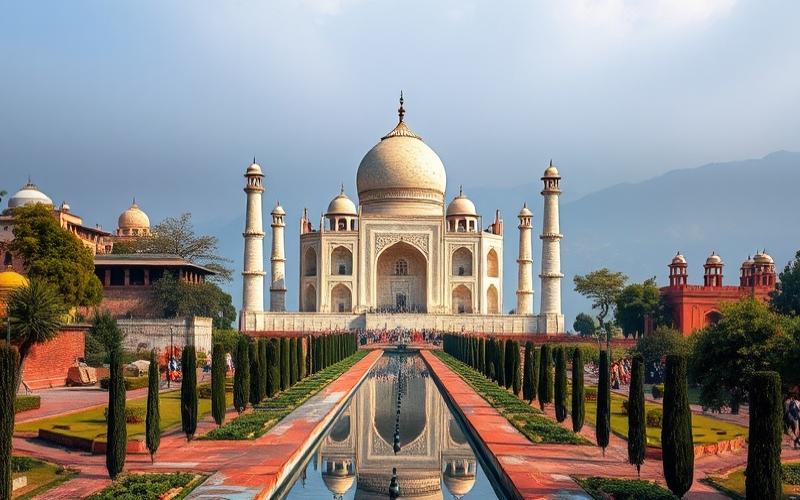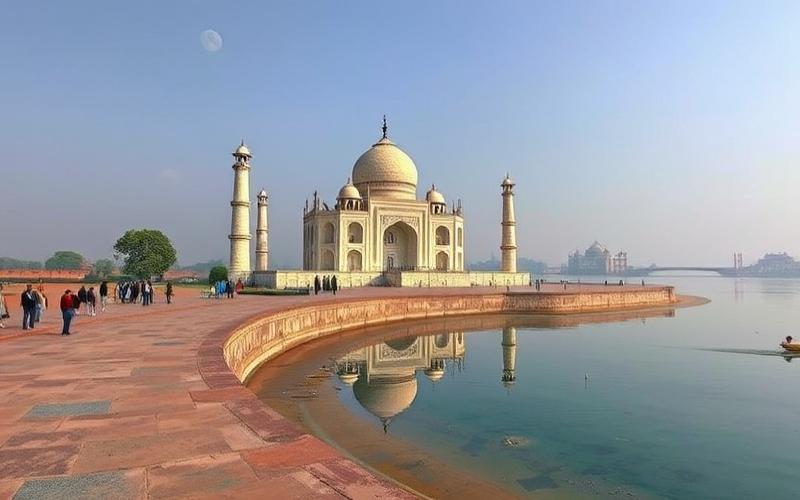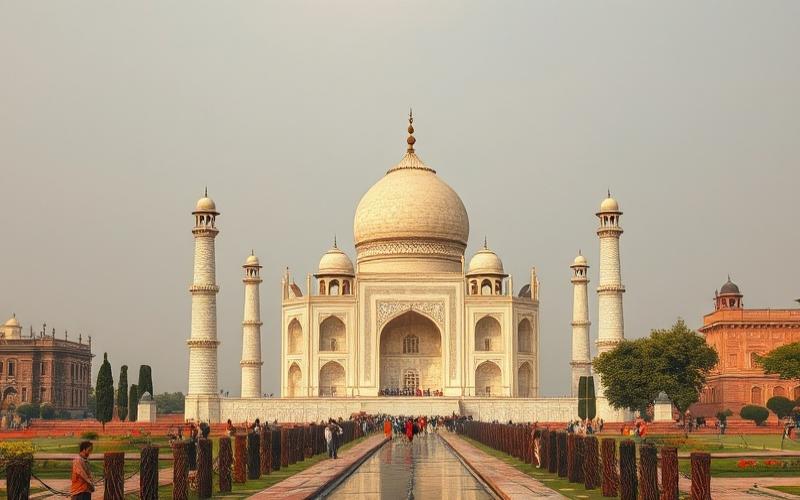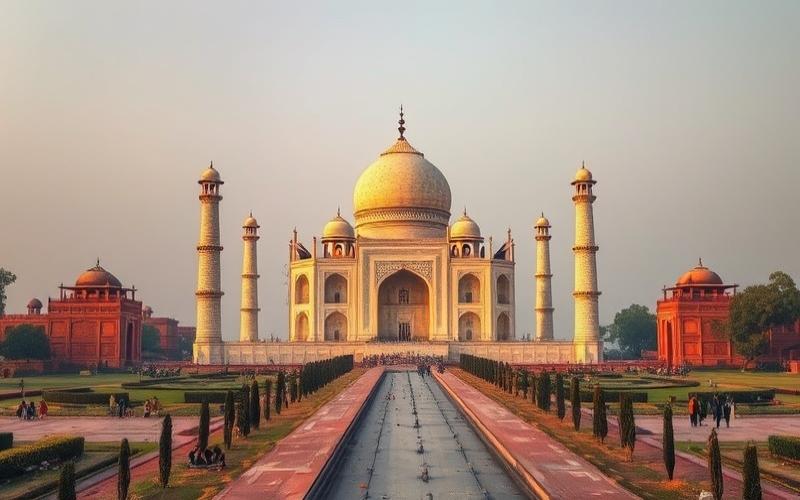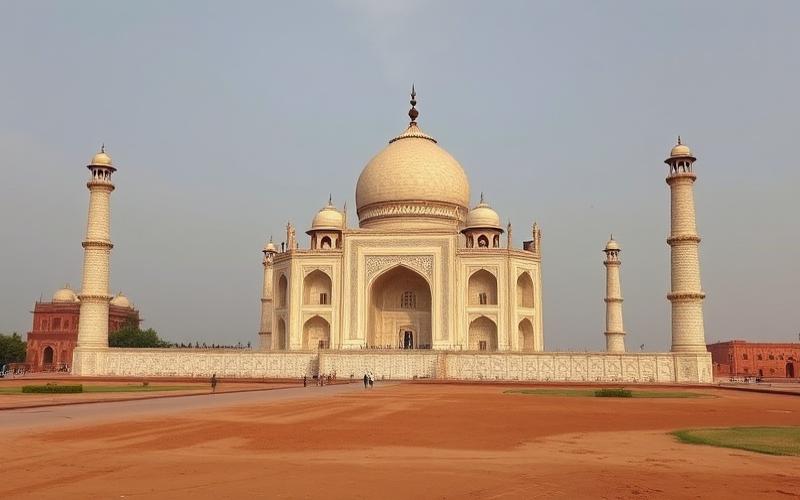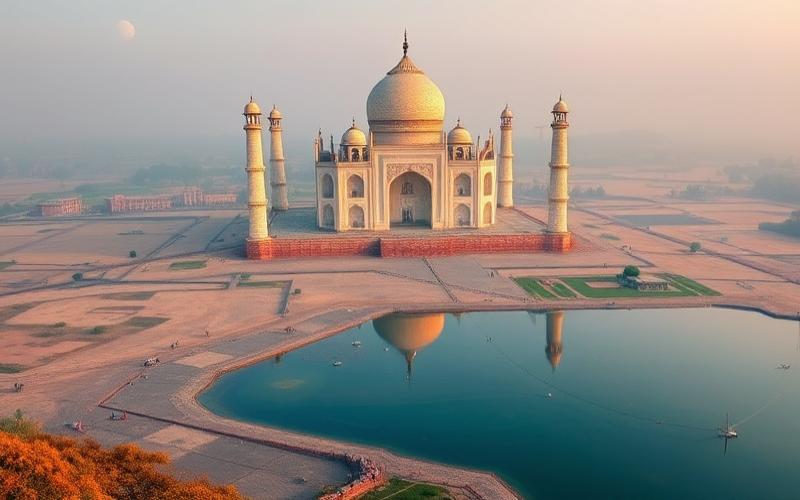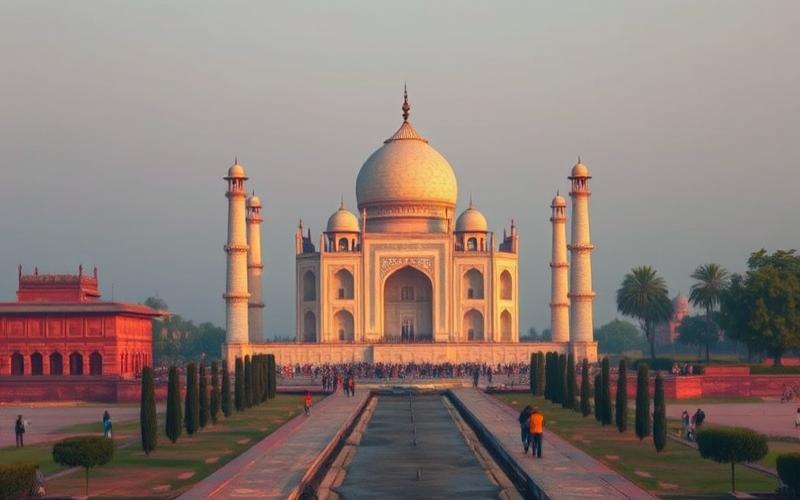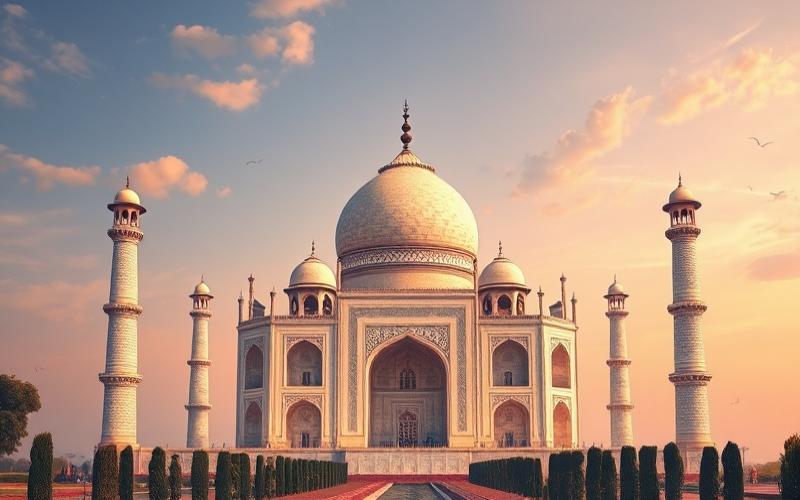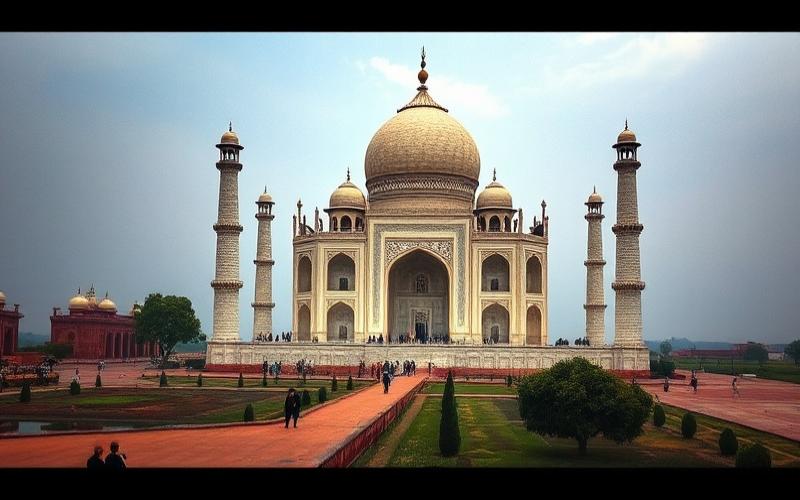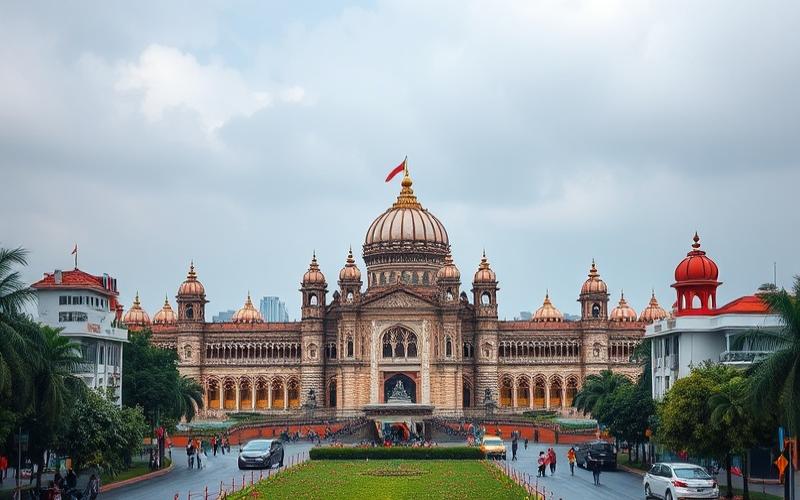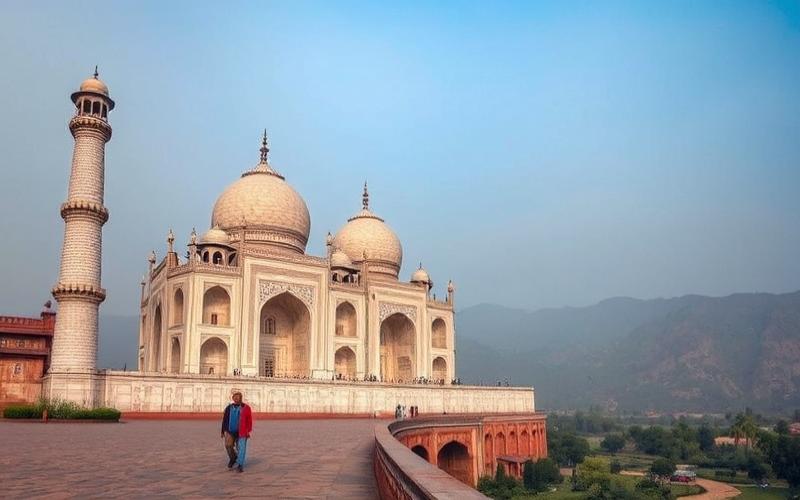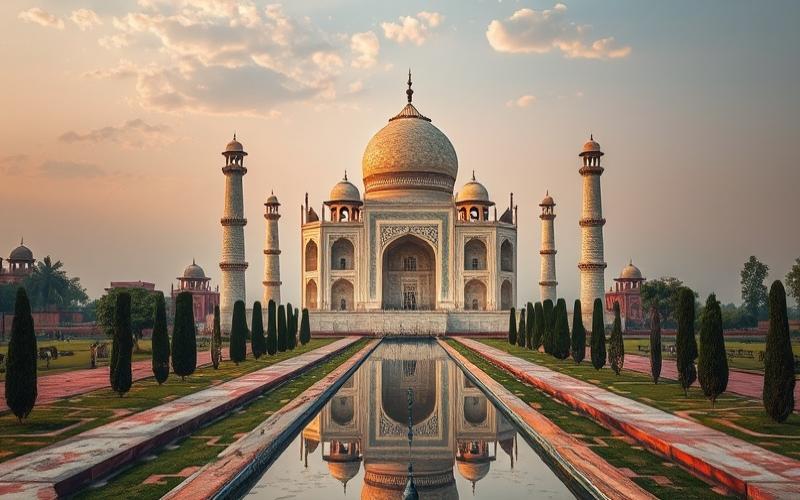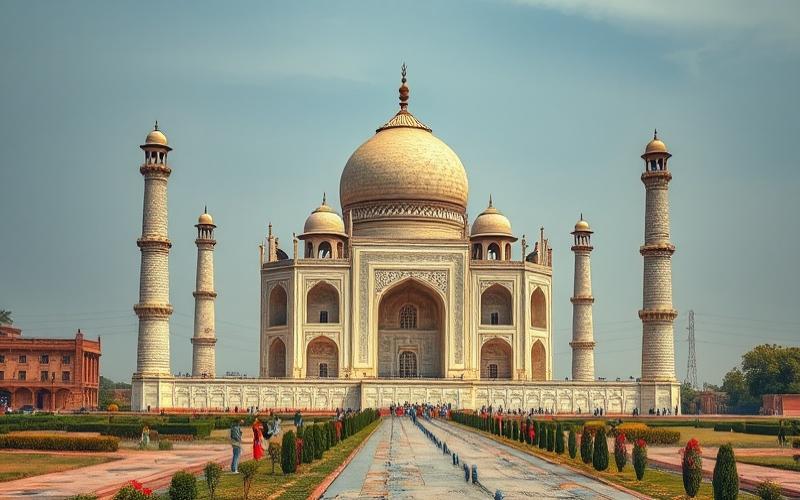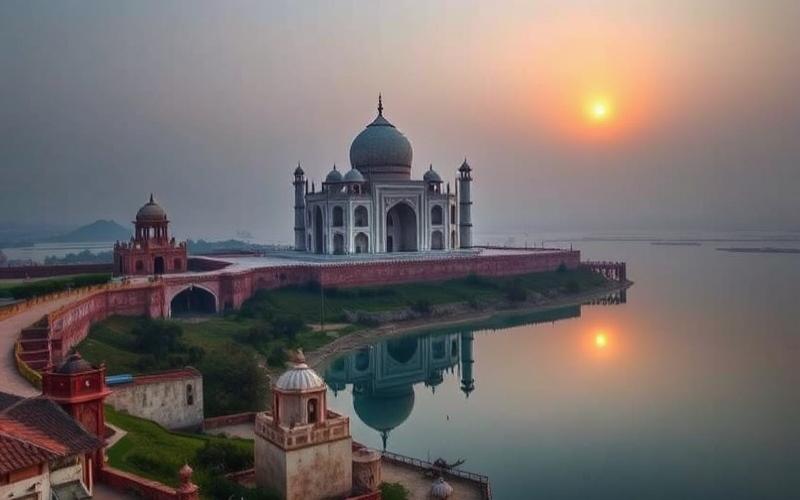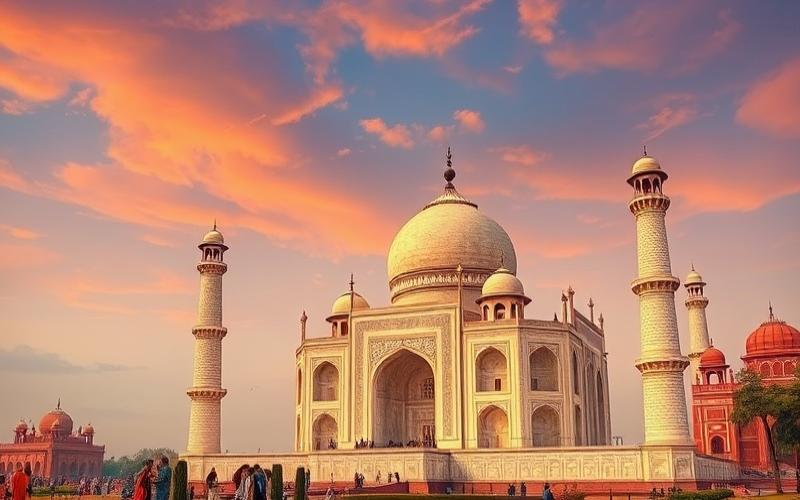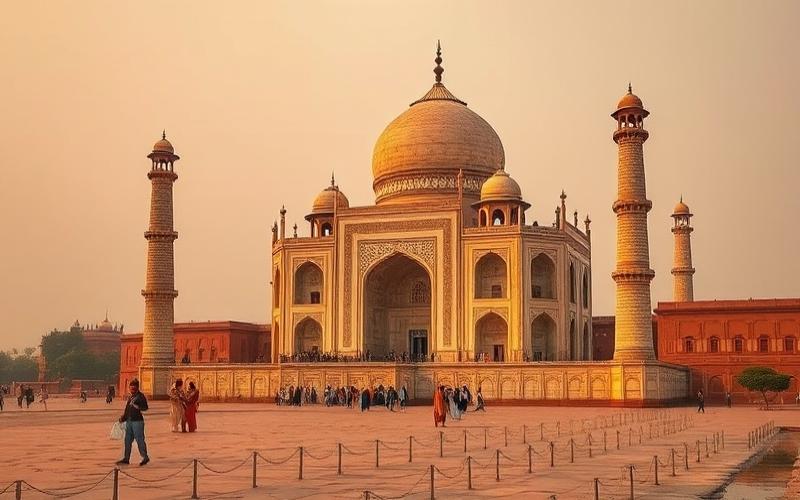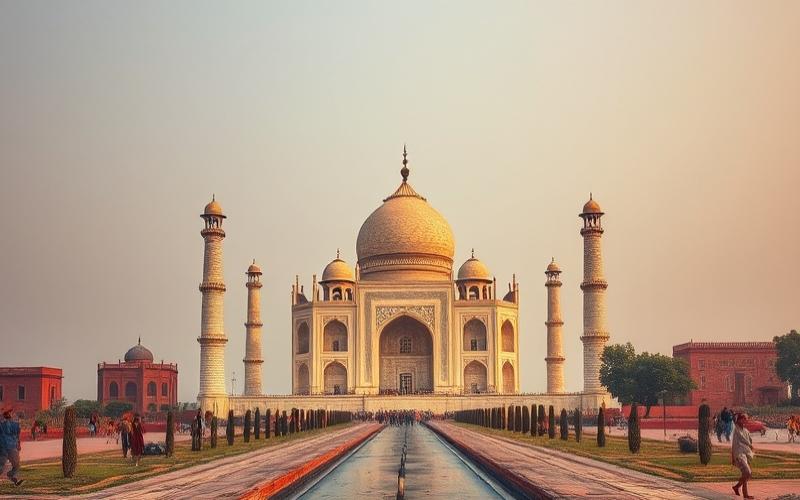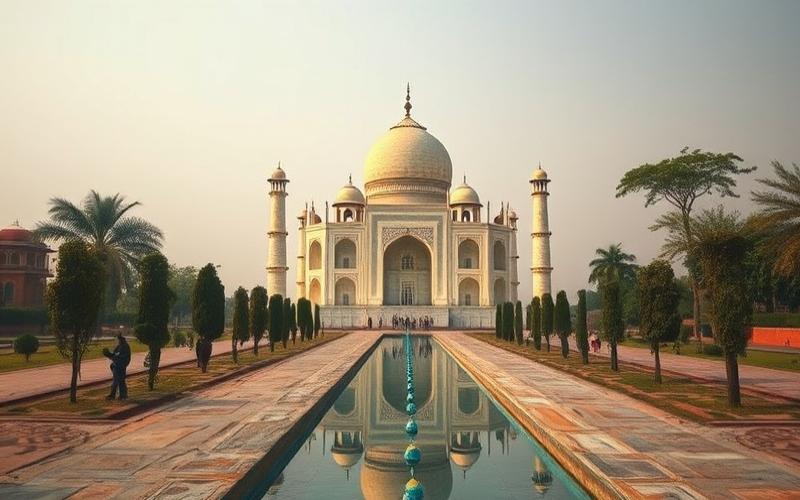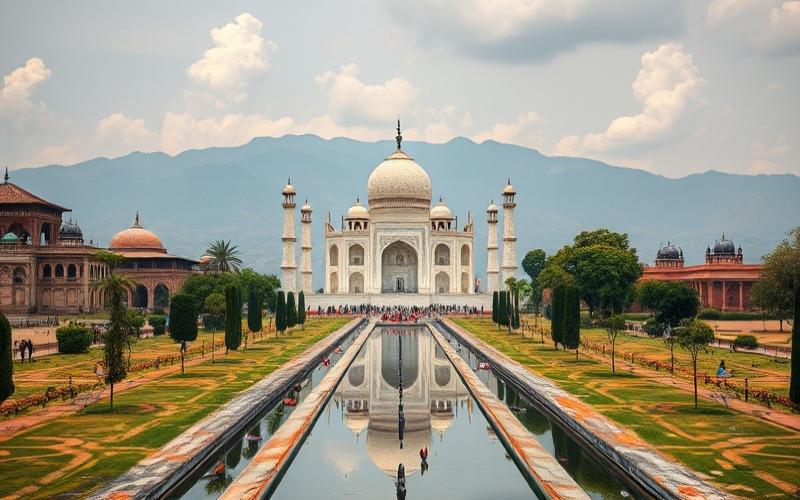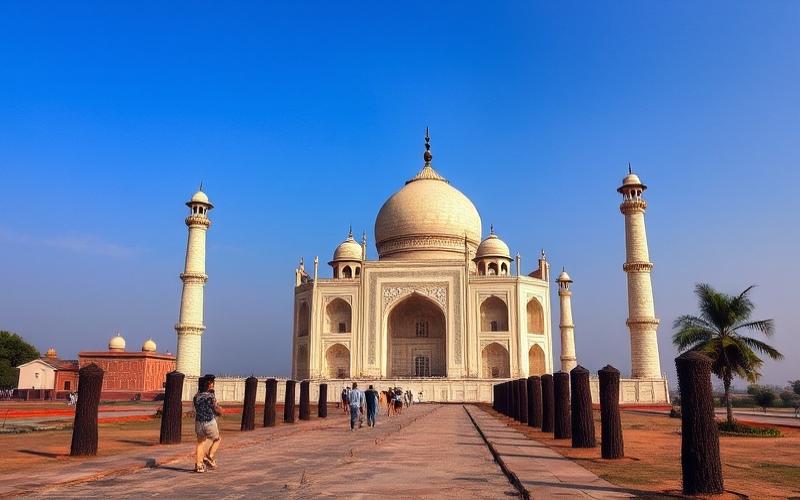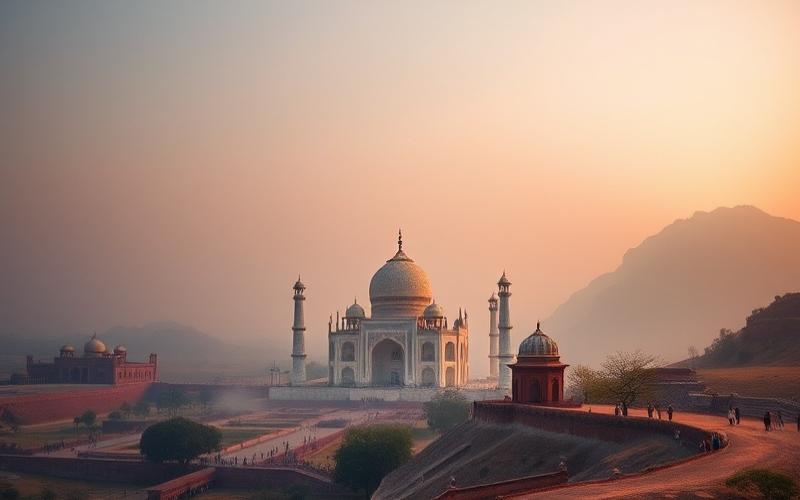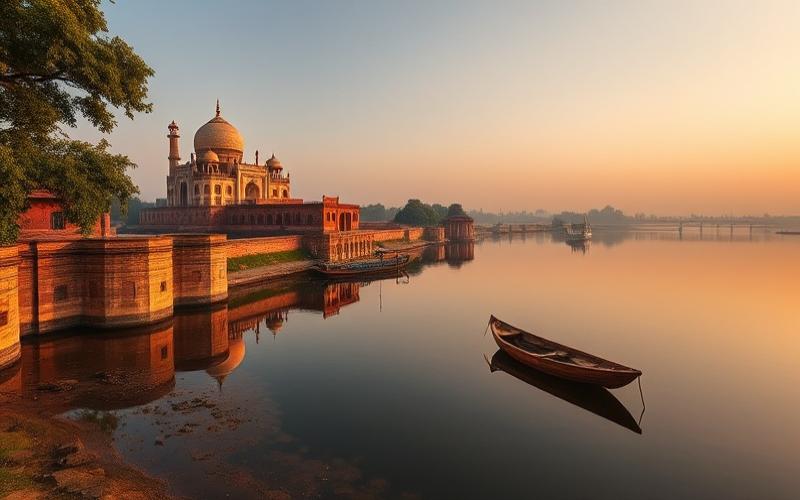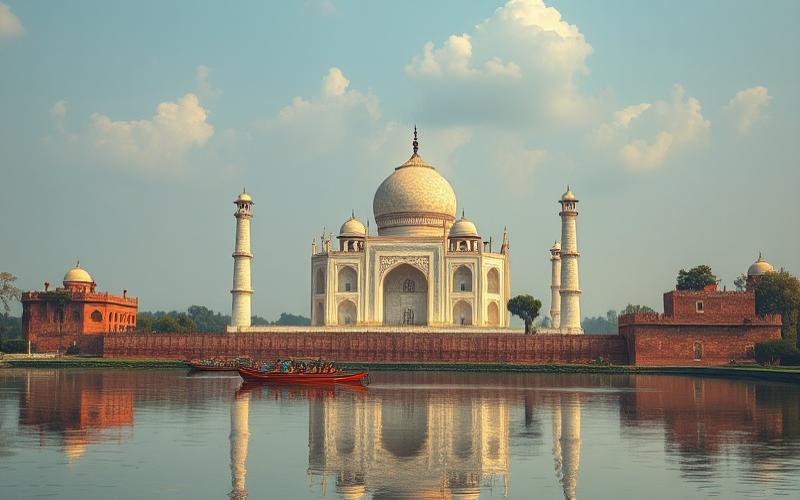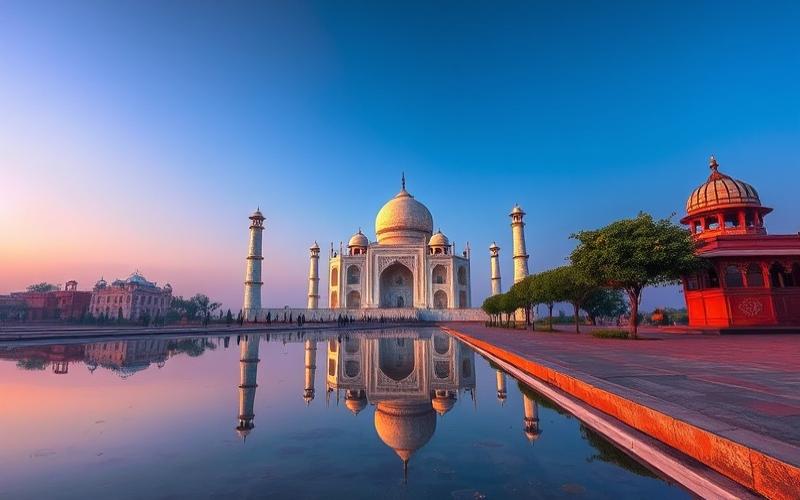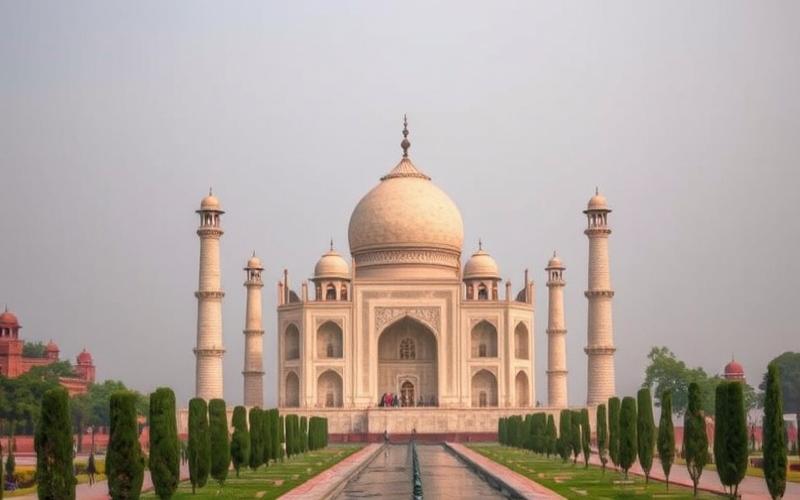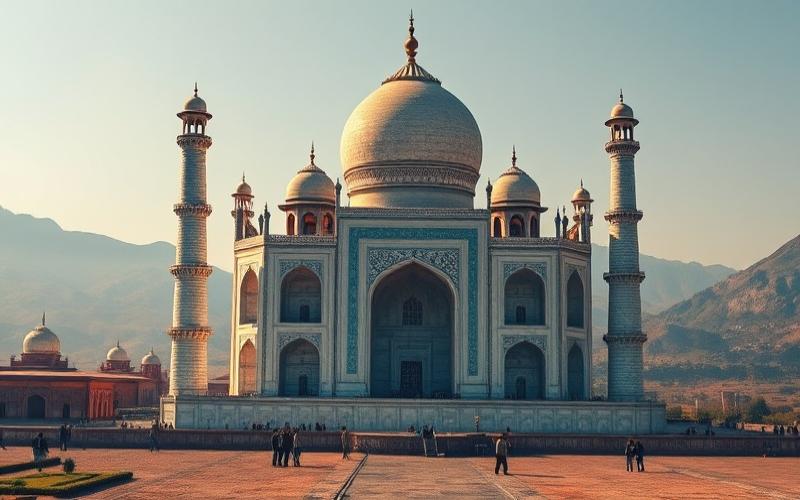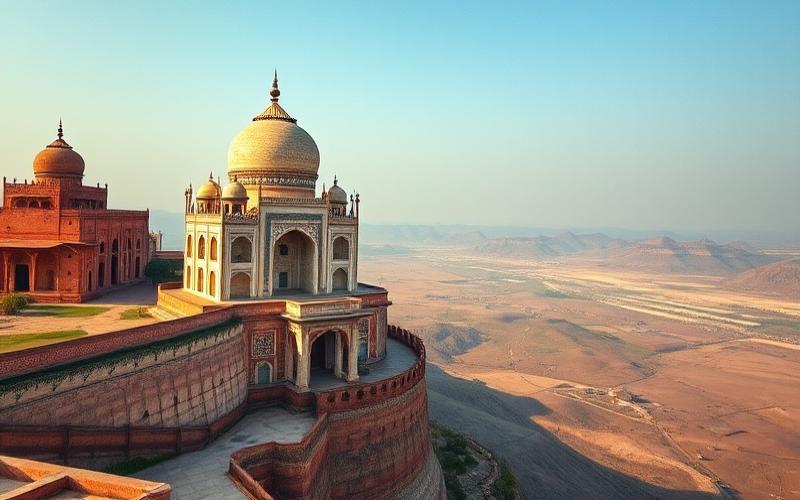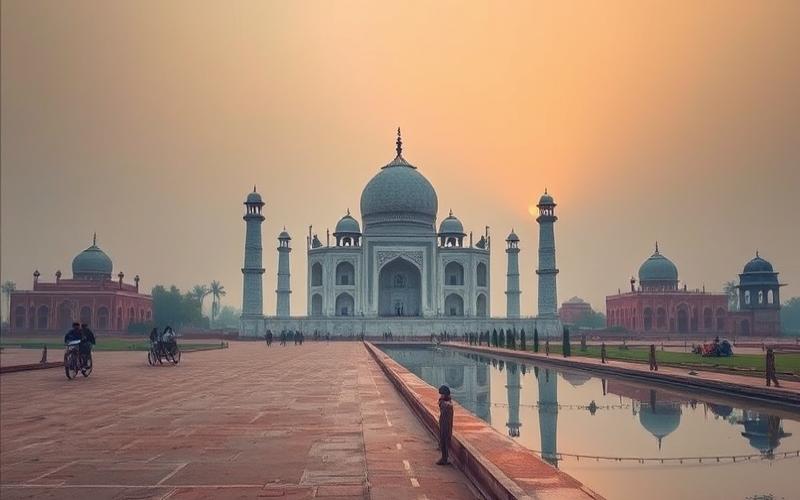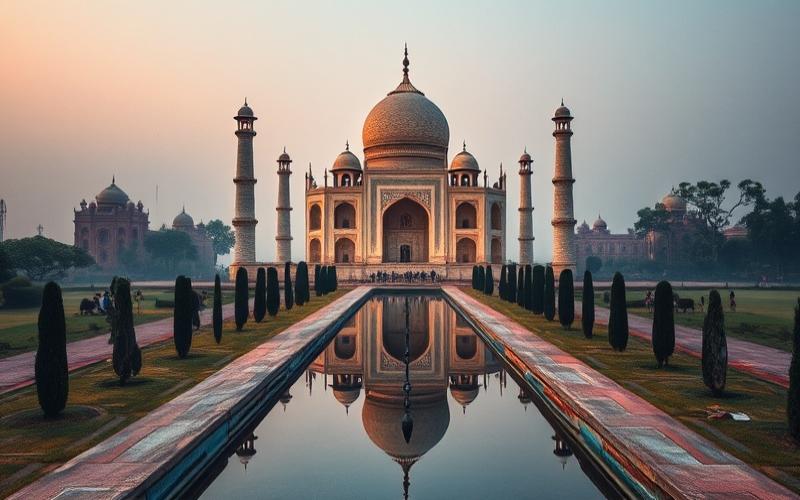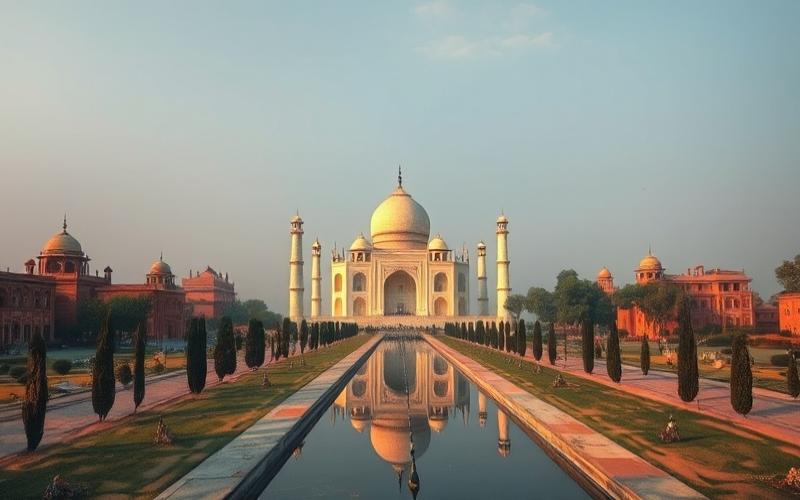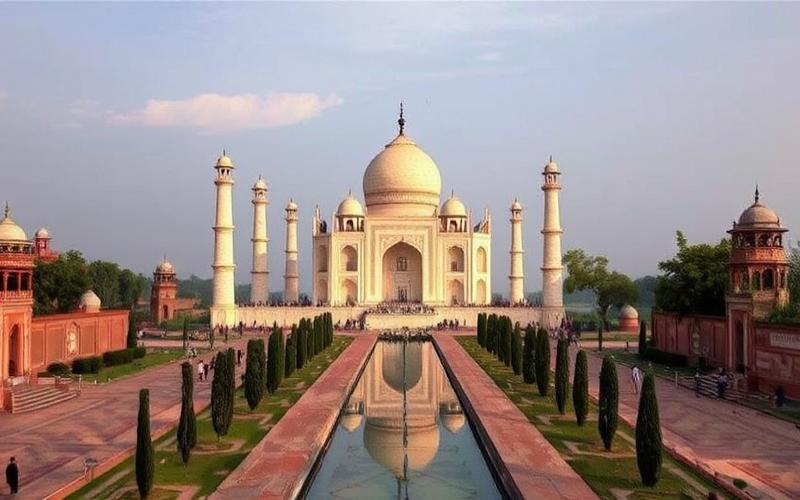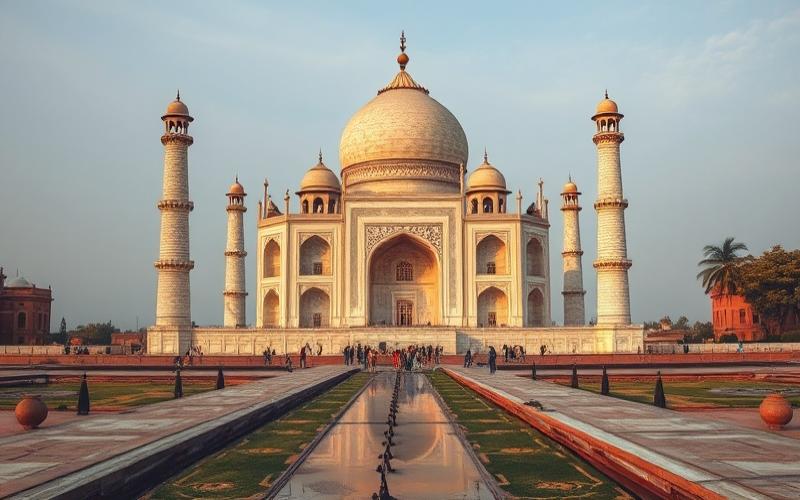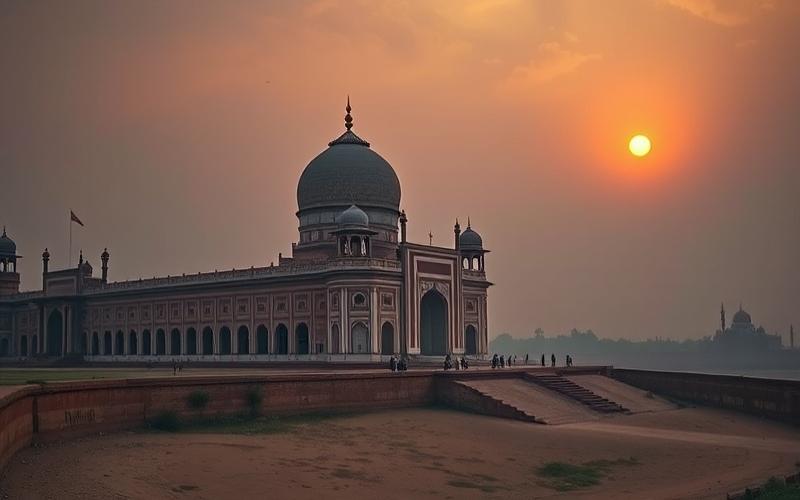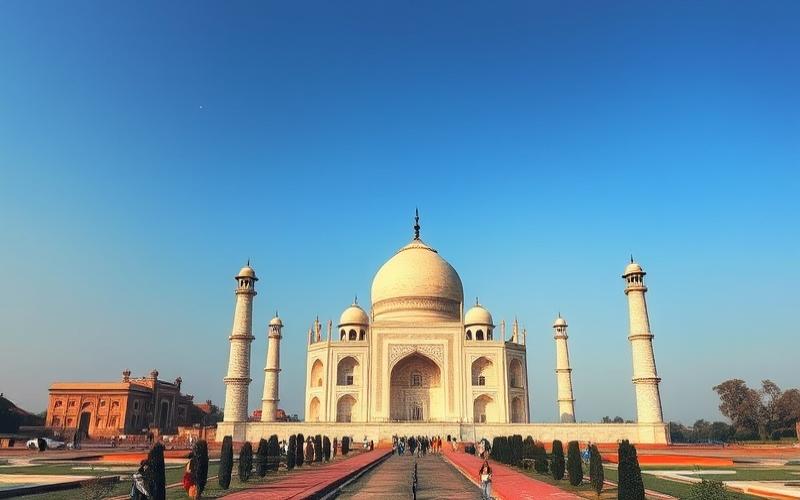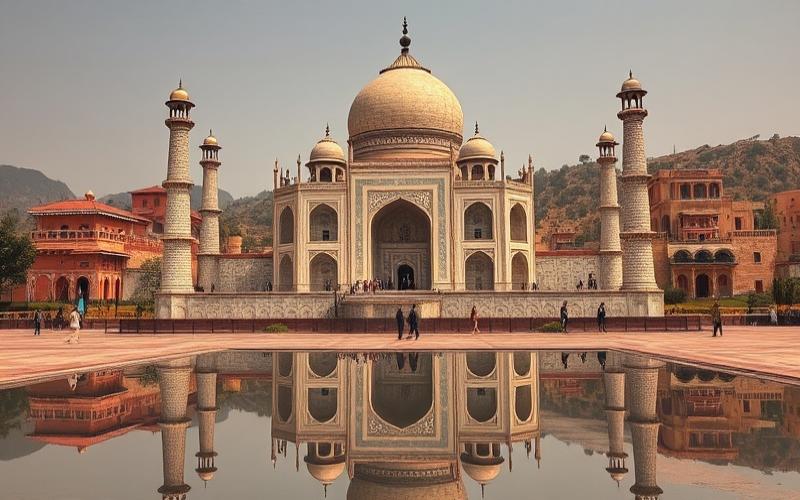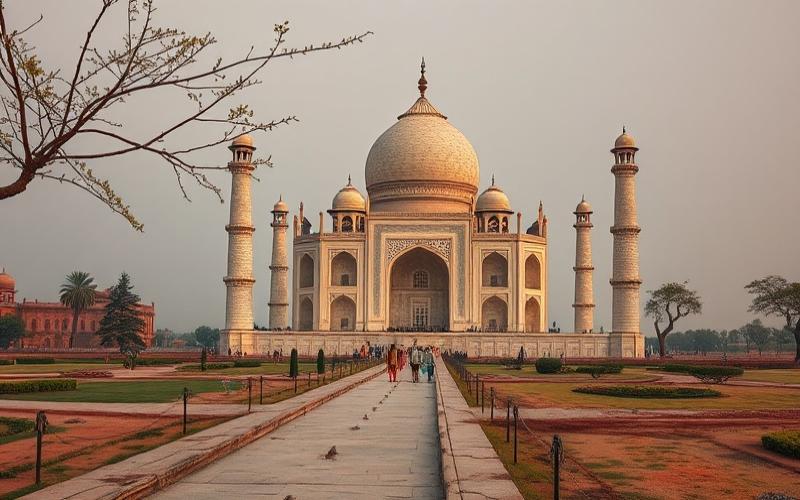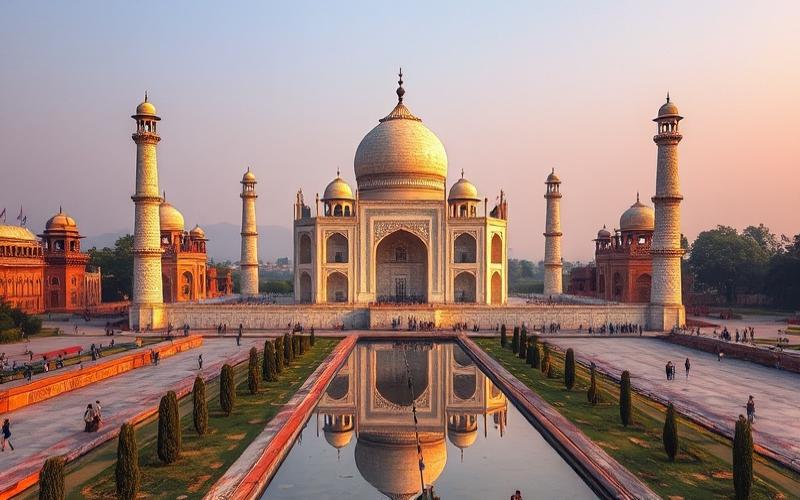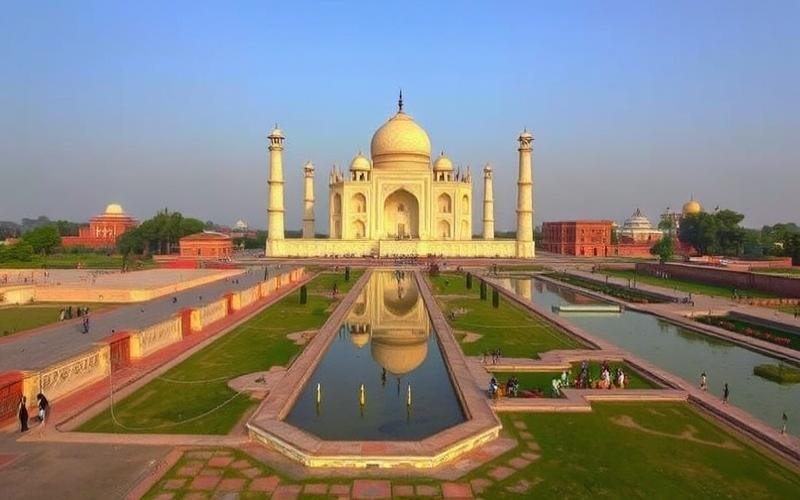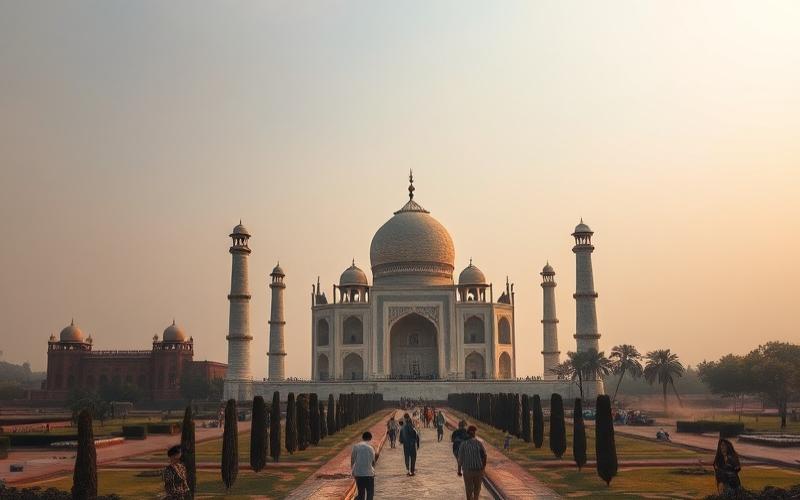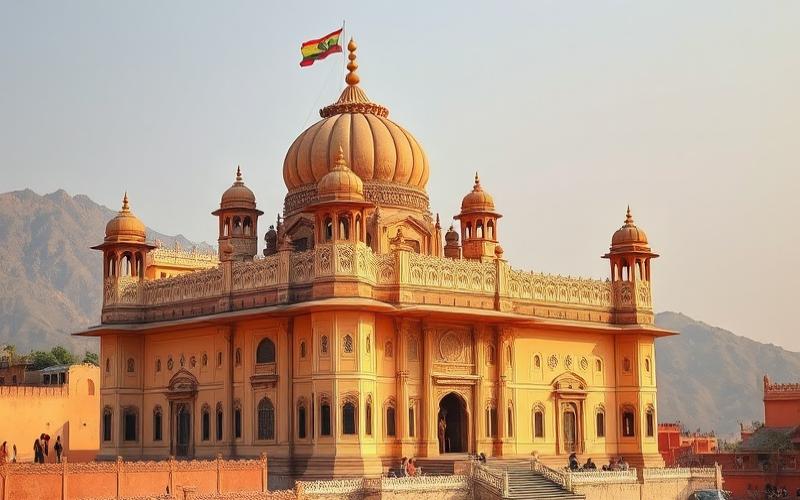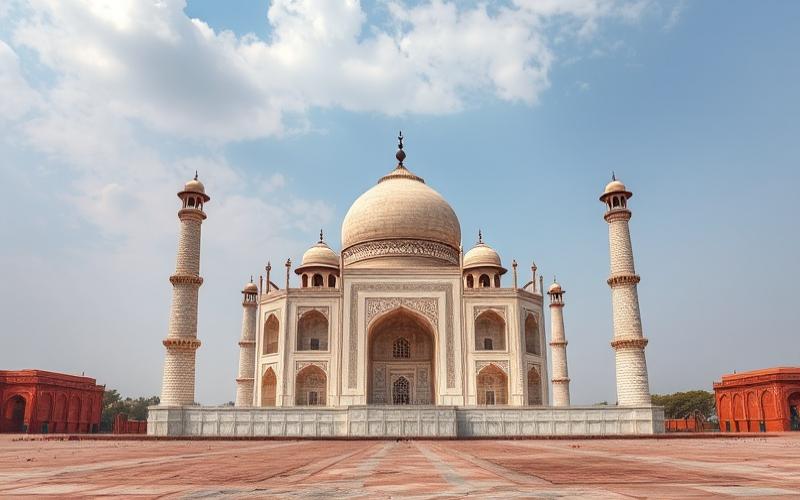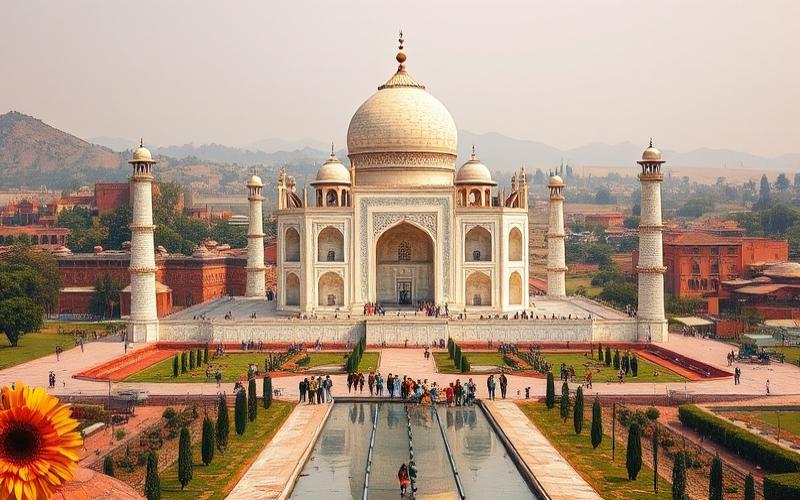
 Published on and written by Cyril Jarnias
Published on and written by Cyril Jarnias
India is a country of fascinating contrasts, and for expatriates, it offers a unique experience enriched by a rich and diverse culture. However, before settling there, it’s crucial to understand the cost of living in this vast country.
The economic and social differences between urban areas like Mumbai or New Delhi and rural regions are significant, particularly affecting housing, food, and other daily expenses.
In this article, we will explore the various financial aspects expatriates should expect, while providing practical advice for managing their budget according to their personal and professional needs.
Whether you’re already in India or planning to move there, this information could be crucial for a successful and surprise-free stay.
Understanding the Cost of Living in India: A Guide for Expatriates
The cost of living in India is generally much lower than in most Western countries, but it varies significantly by region, city, and lifestyle adopted.
| Expense | India (major cities average) | France | Difference |
| 1 bedroom city center (monthly rent) | €162 | €780 – €558 | -79% |
| 1 bedroom outside city center | €101 | €490 – €467 | -83% |
| 3 bedrooms city center | €372 | €1,960 – €1,523 | -74% |
| 3 bedrooms outside city center | €230 | €1,170 – €769 | -80% |
| Monthly budget, 1 person (city center) | €441 | €1,710 | -74% |
| Monthly budget, family (city center) | €1,344 | €4,766 | -72% |
Main Factors Influencing Cost of Living:
Housing
Rents are significantly lower in India than in Europe, but they vary greatly by city. Mumbai, Delhi, and Bangalore are among the country’s most expensive cities, with rents sometimes comparable to those in major European cities for high-end housing. In rural areas or medium-sized cities, costs are much lower.
Food
Local products (fruits, vegetables, rice, spices) are very affordable, especially in traditional markets. Imported products and dining in international restaurants quickly increase costs. Prioritizing local food can significantly reduce the food budget.
Transportation
Public transportation (buses, metro, rickshaws) is economical and widely used in major cities. Purchasing or renting a private vehicle significantly increases expenses, mainly due to taxes and gasoline. Distances and urban congestion can also impact transportation costs and time.
Healthcare
Medical costs remain relatively low, but quality varies greatly. Expatriates often prefer private clinics, which are more expensive but offer international standards. It’s highly recommended to obtain international health insurance to cover costly or specialized care.
Entertainment
Local entertainment (movies, sports, outings) is affordable. International activities (private clubs, luxury hotels, golf) are reserved for affluent individuals and can cost as much as in Europe or the United States.
Regional Variations:
| City/Area | Housing Cost | Lifestyle |
| Mumbai | Very high | Cosmopolitan, dynamic |
| Delhi | High to very high | Capital, diverse |
| Bangalore | High | Technological, modern |
| Secondary cities | Moderate to low | Fewer expatriates |
| Rural areas | Low | Local lifestyle |
Education and Tuition Fees:
Tuition fees at international or private schools are a major expense for expatriate families. They can reach several thousand euros per year, depending on the institution and city. For families with children, it’s essential to include this cost in the budget, as it can exceed housing costs in some cases.
International Comparisons:
The cost of living in India is on average 67% to 72% lower than in France. For comparison, the monthly budget for a single person in a major Indian city is about €441, compared to €1,710 in France. However, purchasing power remains lower in India, as salaries are also lower.
Impacts of Currency Fluctuations and Economic Policies:
- Fluctuations in the exchange rate between the Indian rupee and the euro/dollar can impact expatriates’ budgets, especially for those receiving their salary in foreign currency.
- Economic policies, inflation, and taxes on imported products also affect the cost of living, particularly for consumer goods and private healthcare services.
Practical Tips for Managing and Reducing Costs:
- Purchase food and consumer goods at local markets.
- Use public transportation (buses, metro, rickshaws) instead of taxis or private cars.
- Adopt a local lifestyle for entertainment, dining, and consumption habits.
- Compare health insurance offers and choose appropriate coverage.
- Stay informed about exchange rate developments to optimize money transfers.
Tip: Integrating into local cultural practices not only reduces expenses but also helps better understand and appreciate daily life in India.
Good to Know:
In India, the cost of living for expatriates varies considerably by region, with cities like Mumbai, Delhi, and Bangalore generally being more expensive than rural areas. For housing, expatriates can expect to pay more in major cities, while local food remains affordable everywhere if you choose to cook yourself. Public transportation like metro or buses is economical and efficient for getting around the city. Private healthcare can be costly but is often high quality. Tuition fees for international schools represent a significant expense for families with children. Compared to other countries, India offers an overall lower cost of living, but currency fluctuations and economic policies can impact financial stability. To reduce costs, buying locally, living like locals by integrating cultural practices, and avoiding imported products are recommended.
Monthly Budget for an Expatriate in India: Concrete Examples
Housing
| City | Studio City Center | Studio Outskirts | 2-3 Room Apartment City Center |
| Mumbai | €400-650 | €220-400 | €700-1,200 |
| Delhi | €230-450 | €120-250 | €500-900 |
| Medium City | €80-200 | Compare Indian cost of living with other destinations | |
| Country / City | Housing (1 bed city center, €/month) | Transportation (monthly pass, €) | Utilities (electricity, water, €) | Food (restaurant meal, €) | Entertainment (movie, €) |
| India (national average) | 162 | 10-15 | 38 | 2.7 | 3.2 |
| India (Mumbai, Delhi) | 400-600 | 15-20 | 40-50 | 4-7 | 4-6 |
| United States (New York) | 2,800 | 120 | 180 | 20 | 15 |
| United Kingdom (London) | 2,200 | 160 | 200 | 18 | 14 |
| Australia (Sydney) | 2,100 | 110 | 140 | 15 | 13 |
| Thailand (Bangkok) | 600 | 35 | 50 | 2.5-6 | 6 |
| China (Shanghai) | 1,200 | 30 | 60 | 5-10 | 7 |
Key Points by Expense Category:
- Housing: India offers extremely low rents, even in major cities. In Mumbai or Delhi, rent for a 1-bedroom apartment in the city center often remains under €600, while in New York, London, or Sydney, it frequently exceeds €2,000.
- Transportation: Monthly public transportation passes are very affordable in India (€10-20) compared to the West (€100 and more). Bangkok and Shanghai also offer moderate costs.
- Utilities: Monthly electricity, water, and heating bills around €38 in India, versus €140-200 in developed countries.
- Food: A restaurant meal costs on average €2.7 in India, compared to €15-20 in the United States, United Kingdom, or Australia. Thailand also remains very affordable.
- Entertainment: Movie ticket around €3 in India, €6-7 in China/Thailand, and over €13 in Western countries.
Economic Benefits for Expatriates in India:
- High purchasing power for expatriates benefiting from a Western salary.
- Overall cost of living 60% to 70% lower than France, and even more compared to major American or Australian cities.
- Labor, domestic services, and dining very affordable, allowing for a comfort level difficult to achieve in the West.
- Local food and transportation very economical, enabling significant reduction in monthly expenses.
Potential Financial Challenges:
- Low local salary (approximately €500 net monthly average, minimum wage around $180/month); difficulty for expatriates paid local salaries to achieve a Western standard of living.
- Low local purchasing power: Imported products, electronics, or certain specialties can cost more than in the West.
- Health insurance and private medical care sometimes expensive by international standards.
- Regional inflation: In megacities (Mumbai, Bangalore), some upscale rents can approach those of Asian cities like Bangkok or Shanghai.
Regional Variations in India:
- Major cities (Mumbai, Bangalore, Delhi): Higher rents and services, more expensive nightlife and international dining.
- Medium and small cities: Significantly lower cost of living, sometimes 30% to 50% cheaper than Mumbai or Delhi.
- Concrete example: A 1-bedroom apartment in Mumbai city center costs €400-600/month, versus €100-200/month in a city like Jaipur or Kochi.
Regional Variations in Other Countries:
- United States: Major disparities between New York/San Francisco and medium-sized cities (e.g., Dallas, Atlanta).
- China: Shanghai and Beijing much more expensive than Chengdu or Wuhan.
- Thailand: Bangkok more expensive than Chiang Mai or Phuket for housing.
Summary of Price Differences (Concrete Examples):
- 1 bedroom city center rent: €162 (India), €600 (Bangkok), €1,200 (Shanghai), €2,200 (London), €2,800 (New York)
- Restaurant meal: €2.7 (India), €2.5-6 (Bangkok), €5-10 (Shanghai), €18-20 (London/New York)
- Monthly utilities: €38 (India), €50 (Bangkok), €60 (Shanghai), €140-200 (West)
⎯⎯⎯⎯
The cost of living in India remains one of the most competitive worldwide for expatriates, especially outside major metropolitan areas. Regional disparities exist but remain less pronounced than in the United States, Australia, or China. Expatriates enjoy major economic advantages, provided they maintain an international salary or compensate for low local purchasing power with appropriate spending.
⎯⎯⎯⎯
Good to Know:
The cost of living in India is significantly more affordable compared to the United States, United Kingdom, and Australia, particularly in major cities. For example, housing in India can be up to five times cheaper than in New York or London. Public transportation and utilities are also significantly less expensive than in most Western countries. In terms of food, a meal at an average restaurant often costs much less than in China or Thailand. However, expatriates might face financial challenges related to variable infrastructure quality and limited access to luxury products. Within India, the cost of living varies considerably between cities like Mumbai, which is more expensive, and less costly rural areas, similar to differences between major metropolises and small towns in Australia. Recent statistics show that entertainment expenses in India can be halved compared to prices in San Francisco, thus offering attractive economic benefits to expatriates despite regional variations.
Disclaimer: The information provided on this website is for informational purposes only and does not constitute financial, legal, or professional advice. We encourage you to consult qualified experts before making any investment, real estate, or expatriation decisions. Although we strive to maintain up-to-date and accurate information, we do not guarantee the completeness, accuracy, or timeliness of the proposed content. As investment and expatriation involve risks, we disclaim any liability for potential losses or damages arising from the use of this site. Your use of this site confirms your acceptance of these terms and your understanding of the associated risks.

